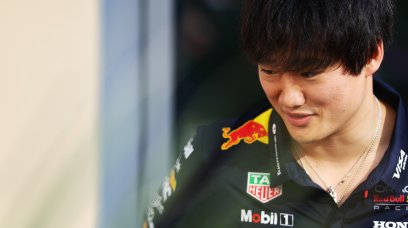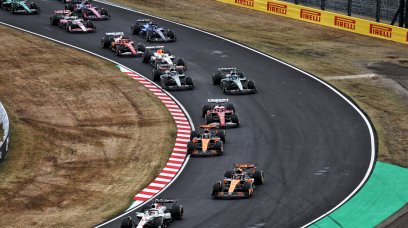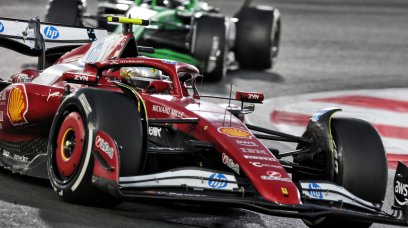When Ferrari unveiled the SF-23 for the first time in Maranello, the eagle-eyed noticed they are running slot-gap generators that bear similarities to the ones that were banned for Mercedes last season. Mercedes ran the design at the Mexican Grand Prix during practice, but did not commit to qualifying or the race to avoid potential protests. It was later banned because it was said to be against the spirit of the regulations as it could be used for aerodynamic purposes, thus negating the effect of the 2022 cars which are designed to generate closer racing.
But why is the design now legal?
The FIA originally stipulated in the Technical Regulations that the slot-gap generators could only be used primarily for mechanical, structural, or measurement reasons. Mercedes Technical Director, Mike Elliott, originally argued that the specific use of the word 'primarily' when referring to the design was not consistent with the rest of the regulations. "If you look at the regulations there are about 40 incidences in the regulations of 'sole purpose' and in this case it doesn't say 'sole purpose' it says 'primary purpose' [referring to the design]," he said at the time. This was later revised in the technical regulations published in early December, removing the word 'primarily' to state that they must only demonstrate a 'structural connection' between consecutive front wing profiles. This means teams could now run front wing designs with the slot-gap generators that influence the aerodynamics, providing they conform to the strict measurement requirements to fully comply with the regulations.
Design could yield aerodynamic benefit
Elliott conceded that such a design on the front wing could yield aerodynamic benefits, however the gains would be marginal. He explained: "Clearly there's a secondary benefit of an aerodynamic design that's in there as well. "It's actually not worth a huge amount. The detail looks interesting, but it's not the big thing on the front wing." With those changes made to the regulations and Ferrari seemingly taking advantage, could we see a return to the concept on the Mercedes when they reveal their 2023 challenger?
Most read








